George Grey's 1837-38 Expedition: First Land-Based Exploration of the Kimberley
Article on Western Australia about the Colonial explorer George Grey. Supports small group tours for mature couples and solo travellers of the Kimberley and places of interest such as Wyndham and its pastoral history. The Kimberley is where the first Australian arrived.
5 Jun 21 · 9 mins read

George Grey’s Expedition in the Kimberley (1837-1838)
By Marco Stojanovik
In late 1837 to early 1838, Sir George Grey, at the time a young British army lieutenant, led the first land-based exploration of the Kimberley in north Western Australia. Originally approved by the British Government to travel overland more than 3000km from the Kimberley to the Swan River colony, the party only managed to penetrate about 50km from their landing on the coast. In the end, harsh terrain, extreme heat, torrential rain, insects, and conflicts with local Aboriginal people, forced the men to abandon the expedition. Had it not been for the discovery of significant Aboriginal rock art sites and some landmarks, the Kimberley expedition would have been a total failure. Nevertheless, they laid the foundation for future exploration.
This article details George Grey’s expedition in the Kimberley as background information for Odyssey Traveller’s Tour of Australia’s Kimberley as well as our new Outback Tour of the Northern Territory and Western Australia. Both tours are designed for small groups of mature and senior travellers. Much of the information from this article is drawn from Hamish McGlashon’s chapter “George Grey’s expedition 1837-1838: first European penetration of the Kimberley interior” in Kimberley History: People, Exploration and Development, edited by Cathie Clement, Jeffrey Gresham and Hamish McGlashon.
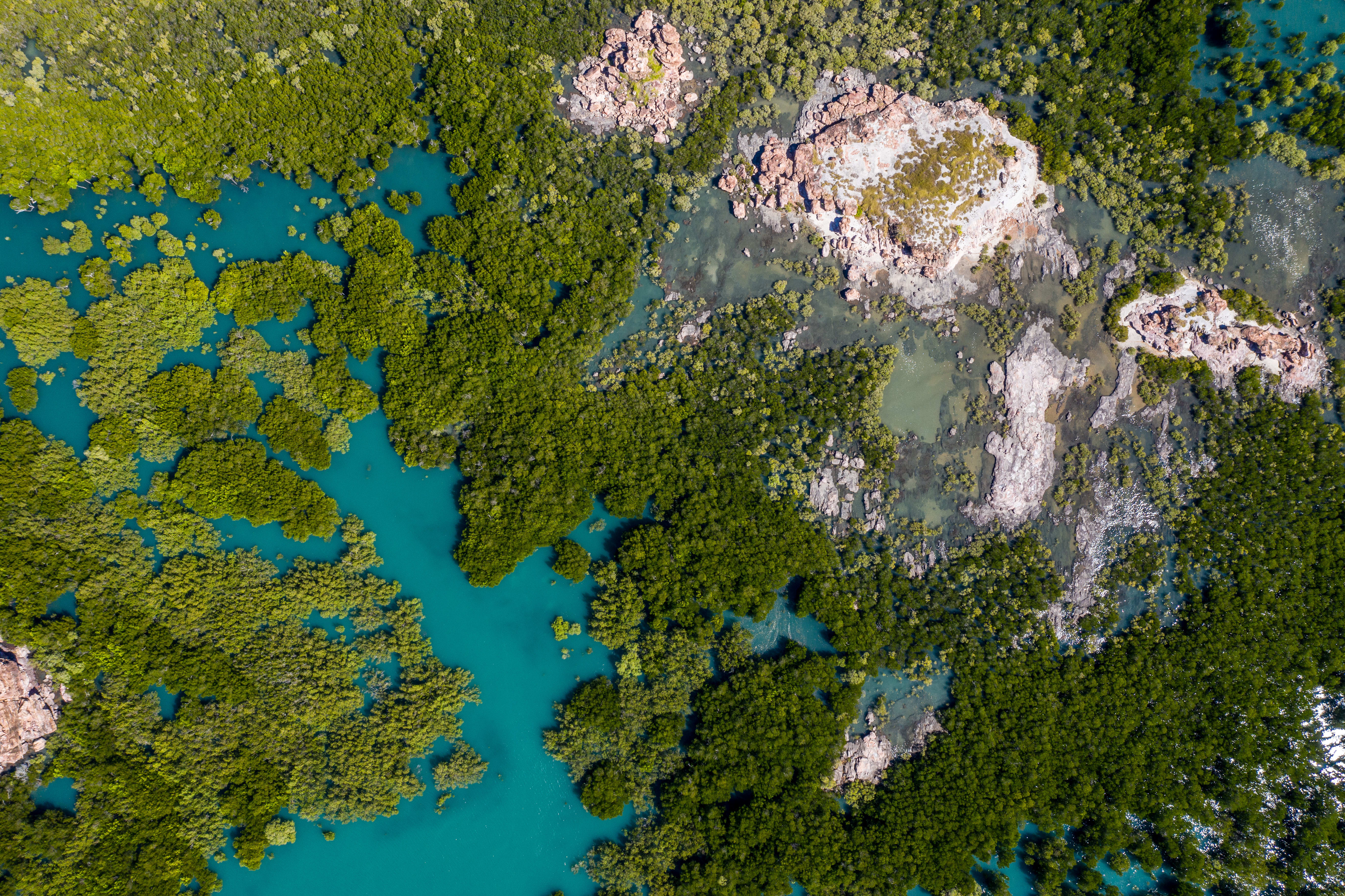
Reasons for Grey’s Expedition
Lieutenant George Grey must have been a persuasive talker because in 1836, at the age of only 24, he convinced the British Secretary of the Colonies Lord Glenelg to fund a major expedition of exploration. He and his friend Lieutenant Franklin Lushington, also 24 years old, had just finished a course at the Royal Military Academy Sandhurst and were looking for an interesting ‘gap year’ of heroism and adventure. There were no suitable wars on at that time, but after hearing of Sturt’s expeditions in Australia, they offered themselves as explorers in the continent.
They were approved to explore north-west Australia, on an expedition that would serve as an adjunct to the offshore explorations being undertaken by the Colonial Office at the time. The British had reasons for exploration, keen to answer the theory that Australian rivers drained into a great inland sea.
Alternatively, it was believed possible that one of the world’s largest rivers might drain into the Indian Ocean in north-western Australia, somewhere in the vicinity of King Sound or the Prince George River. If so, it was thought, the region it flowed through might be suitable for colonisation.
A settlement in this area would be extremely valuable to support and protect the trade route to China. Similar considerations had led to the failed settlements at Melville Island and Raffles Bay. A new settlement was needed, before non-British occupation in northern Australia threatened the Australia-China trade.
Thus, after a year of negotiations and planning, the expedition was backed as a joint venture of the Colonial Office (land-based) and the Admiralty (coastal survey), with both geographical and political motives in mind. Grey was instructed to examine “the country about Prince Regent’s River’ and then ‘use the utmost exertions to penetrate from thence to the Swan River”. The main objects of the expedition were:
“To gain information as to the real state of North-Western Australia, its resources, and the course and direction of its river and mountain ranges; to familiarise the natives with the British name and character, to search for and record… the natural productions of the country, and all details that might bear upon its capabilities for colonisation or the reverse; and to collect specimens of its natural history.”
Departure
With his request granted, Grey secured the HMS Beagle, recently returned from its journey around the world with Charles Darwin, and refitted it for the voyage to the Kimberley. On 5 July 1837 he departed from Plymouth in command of a party of five – the others being Lushington, the surgeon Dr William Walker, and the Corporals Coles and Auger of the Royal Sappers and Miners Regiment –aboard the Beagle under Captain J.C. Wickham, with Lieutenant John Lort Stokes as Assistant Surveyor.
Stopping at Cape Town on the way, Grey secured the services of another vessel, the Lynher. The 1,140 ton schooner under Henry Browse was to support the land-based work while the Beagle surveyed the coast. Grey also increased the size of his party, adding Private Mustard of the Royal Sappers and Miners Regiment, another surgeon, a stock keeper, two shoemakers and two sailors.
Arrival on the Kimberley Coast
Grey landed on the Kimberley Coast, on 3 December 1837, under unfavourable circumstances. The intense heat and the crew’s unfitness, following their long period of close confinement on board a small vessel, made continued exertion difficult. This was made worse by an uninviting environment, as Grey penned in his journal:
“The county in which we had landed was of a more rocky and precipitous character than any I had ever before seen; indeed I could not more accurately describe the hills than by saying that they appeared to be the ruins of hills… confusedly piled together in loose disorder, and so overgrown w. spinifex and scrub that the interstices were completely hidden, and into these one or other of the party was continually slipping and falling… The trees were small, and their foliage so scant and slight, that they afforded no shelter whatever from the burning rays of the sun.”
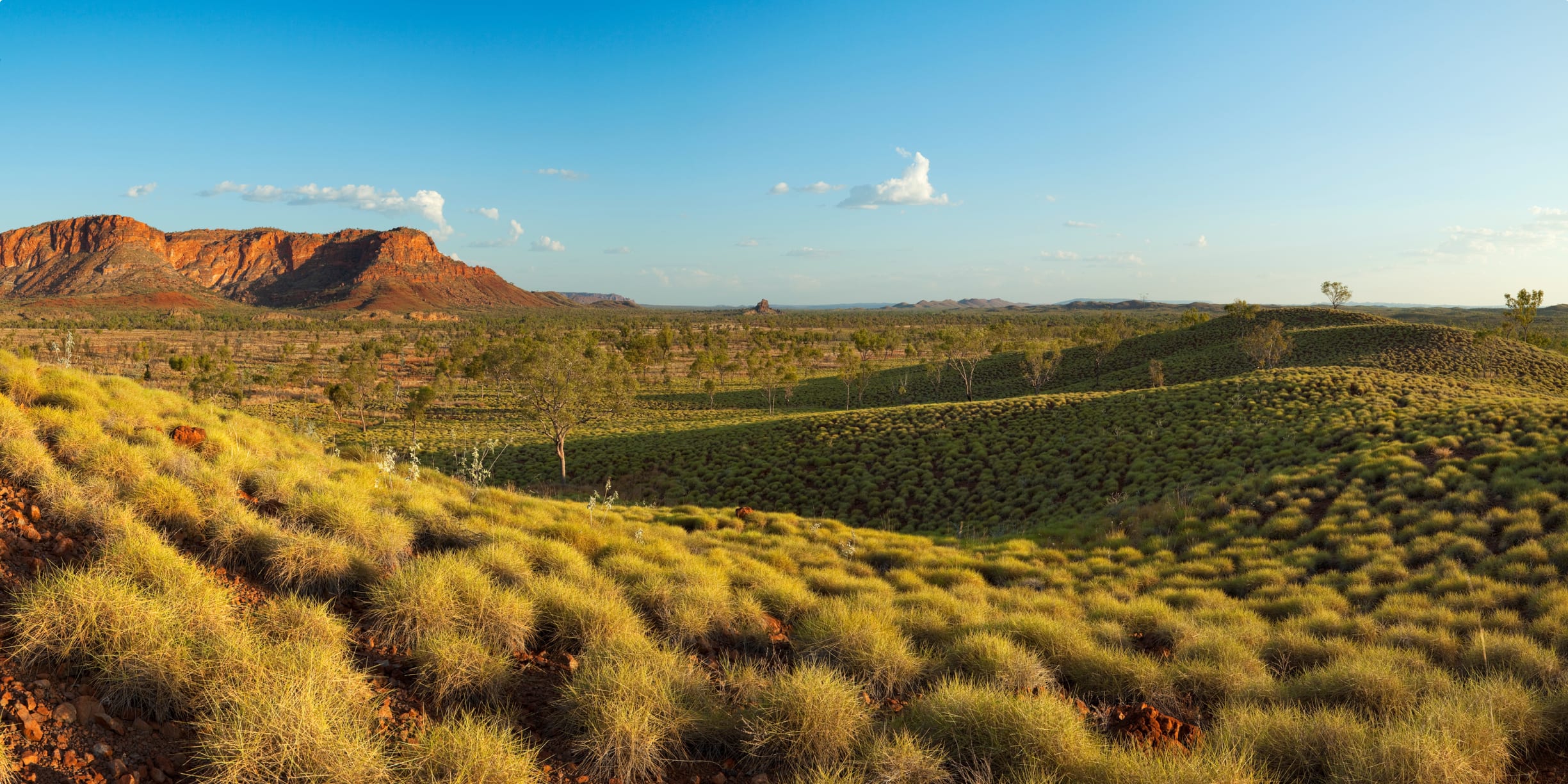
To further compound matters, Grey, misjudging the situation, only took two pints of water to be shared between a landing party of five men and three dogs. Within a few hours exploring inland, he and the rest of the men nearly died accordingly of heat exhaustion and dehydration. The dogs did not survive. Then, having made their way back to the beach, Grey almost drowned attempting to reach the Lynher.
After their unsuccessful first landing, they continued on, looking at the Prince Regent River before deciding on Hanover Bay (west of Uwins Island on the Bonaparte Archipelago) to unload supplies. Landing on 9 December 1837, they here hosted the British flag, claiming the possession of the territory in the name of Her Majesty the Queen.
The Lynher then departed for Timor to pick up more stores and horses, while the land-based party explored the countryside. Landing at the start of the rainy season, Grey was led to write: “No country in the world is better watered than this portion of Australia.” Regarding the land between Port George the Fourth and Hanover Bay, he wrote of its highly fertile soil, while further noting that a good road could be made to Camden Sound. His reports of the area in turn later led to the foundation of a new settlement at Camden Harbour. This, however, would prove a total disaster.
Exploration of the Interior
After several short excursions, Grey’s party eventually set out for the interior of the Kimberley in early February 1838. Grey and his men were intent on examining the hinterland of the various harbours before heading for faraway Perth. However, they were totally inexperienced and encountered several setbacks: heat, flies, mosquitoes, harsh terrain, recalcitrant animals, and flooded country from daily torrential rain, finding themselves in the middle of an unusually wet monsoon season.
The conditions exacted a high physical and metal toll on both the men and their animals. Nevertheless, they continued with their intended survey, struggling with the terrain as they inched south towards Glenelg River valley. In doing so, they unwittingly raised concern amongst the local Aboriginals, whose perception of them involved from interesting strangers on the shore to dangerous intruders.
On February 11, a week after setting out in the interior, Grey was surrounded by hostile Aboriginals and struck by several spears, one of which caused a grave wound to his hip. Forced to defend himself, he shot and killed one of them. Later noting the incident in his journal, he expressed his deep remorse and regret:
“I already felt deeply the death of him I had been compelled to shoot: and I believe that when a fellow-creature falls by one’s hand, even in a single combat rendered unavoidable in self-defence, it is impossible not sincerely to regret the force of so cruel a necessity.”
The wound and a dangerously high fever restricted Grey’s movement, compelling him to rest. After two weeks he was helped on to his horse and his party’s exploration continued. The long-term effects of the injury stayed with Grey throughout his life, however, with persistent pain leading him to a Laudanum addiction.
On March 2, the party “burst upon the sight of a noble river, running through a beautiful country”, as Grey described it. “I have seen many Australian rivers, but none to equal this either in magnitude or beauty.” They had discovered the Glenelg River, named after Lord Glenelg, who had funded the trip. It seems likely that Grey thought he had discovered the great northern river, although later visitors would disagree with Grey’s overgenerous description.
On March 26, Grey became the first European to sight the now well-known Wandjina art of the Kimberley region: “I suddenly saw… a most extraordinary large figure peering down upon me… at the entrance to a cave, which, on entering, I found to contain, besides, many remarkable paintings.”
For this discovery Grey received quite a bit of explorer cudos. The paintings are now considered the oldest continuous sacred painting movement on earth, a tradition dating back thousands of years. Unique to the Mowanjum people, the Wandjina figures are depicted with large eyes but no mouth, and elaborate headdresses. To these people, the Wandjina Ancestors are the supreme creators of the landscape and its inhabitants and continue to govern potent forces like the weather as well as human behaviour.
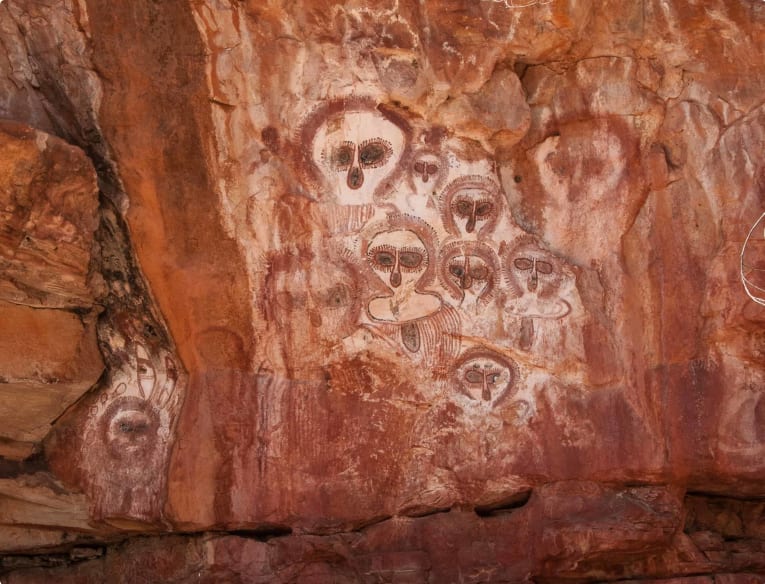
Turning Back
The party continued to struggle on, also naming the Stephen’s Ranges and Mount Lyell, but soon found the country impenetrable to horses. To make matters worse Grey’s wound had still not healed and he was in extreme pain. They decided that Lushington should push on, but after only a few days he turned back, with the country unforgivingly inhospitable.
In the end, after only penetrating about 50 km south of Hanover Bay, the party was forced to turn back and abort the expedition. In April they returned to the bay, where Grey was relieved to find the Lynher still in the vicinity. The Beagle, meanwhile, had also returned to the area hoping to gain news of the expedition. The ship itself had explored the coast, with Stokes as surveyor, reporting luxuriant country around Camden Sound, albeit stony ground underfoot.
Sorely tired and tested by the ideal, Grey arranged for the ships to take the men to Mauritius to restock on supplies and allow time for recovery. The severity of his wound and the effect of the expedition of the men forced Grey to remain there until August 1838, during which he made plans for a second expedition to the Swan River Colony and Shark Bay, Western Australia.

Tour of the Kimberley
Odyssey Traveller visits the Kimberley region as part of our Tour of Australia’s Kimberley and out Outback Tour of the Northern Territory and Western Australia. Odyssey Traveller’s outback small group package tours are designed especially for mature and senior travellers who want an authentic experience of the fascinating Kimberley region.
Our Tour of Australia’s Kimberley begins and ends in the city of Broome, home to iconic Cable Beach, dinosaur remains at Gantheaume Point, a world-famous bird sanctuary at Roebuck Bay, and a fascinating history as a centre of pearling. From Broome, we head along the pristine Indian Ocean Kimberley coast and then turn along the Gibb River Road, making side trips to Windjana Gorge National Park and Tunnel Creek National Park, beautiful Bell Gorge (particularly verdant in the wet), and the easily accessible Galvans Gorge. We head onto the Mitchell Plateau – for many the last frontier of the Australian outback – to admire ancient Aboriginal rock art and the vast Mitchell Falls.
Back on the Gibb River trail, we spend the night at El Questro, near the Northern Territory border, a wilderness park based around Emma Gorge, Chamberlain Gorge, and the Pentecost River. El Questro offers a range of accommodation, from tented cabins to luxury suites in the old El Questro station. Leaving the North Kimberley, we pass Kununurra and Lake Argyle by and make a day tour to Purnululu National Park, where we see the Bungle Bungle range, Piccanniny Creek lookout, Echidna Chasm and Cathedral Gorge. Finally we return to Broome and the West Kimberley, passing through the historic towns of Halls Creek and Fitzroy Crossing.
Our Outback Tour of the Northern Territory and Western Australia explores the Kimberley, Purnululu, Tiwi Islands and Arnhem Land. The tour heads out from Darwin to Timber creek, before then heading west through to Kununurra, and delving into Western Australia’s iconic Kimberley region. We then book a light aircraft to visit and stay at Purnululu.
Returning to Kununurra you enjoy a full day scenic flight and tour of the Kimberley taking in icons such as Mitchell falls. After 5 nights in Western Australia, your small group tour returns to the Northern Territory transferring to Katherine and to Jabiru in the UNESCO listed Kakadu National Park. After 3 days exploring the park, the group takes a flight to Nhulunbuy/Yirrkala in the incredible Arnhem land. Returning to Darwin after 6 nights in these amazing UNESCO parks, the group travels with their guide travel out to the Tiwi Islands for 2 nights before returning to Darwin.
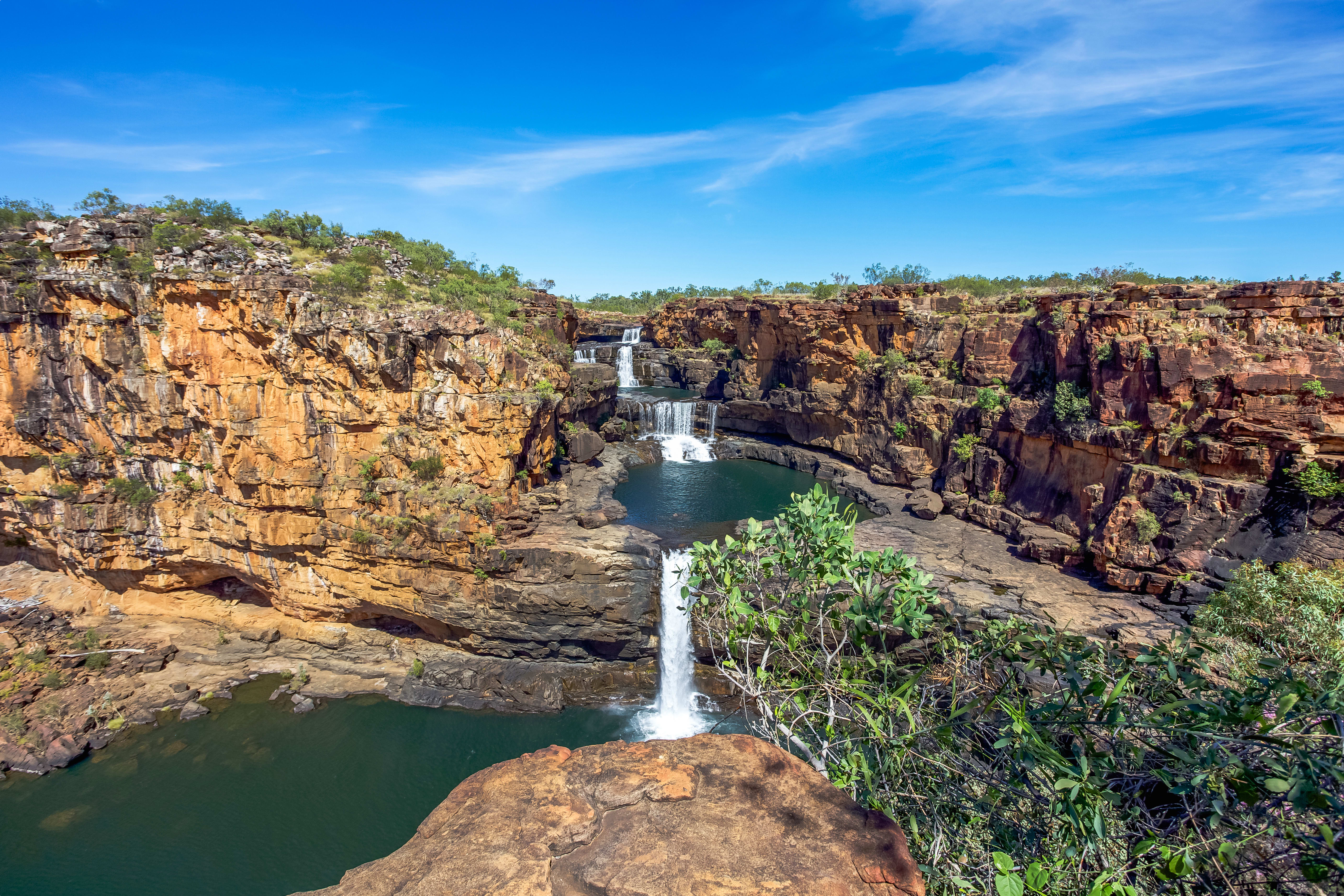
Articles about Australia published by Odyssey Traveller:
- Uncovering the Ancient History of Aboriginal Australia
- Aboriginal Land Use in the Mallee
- Understanding Aboriginal Aquaculture
- Mallee and Mulga: Two Iconic and Typically Inland Australian Plant Communities (By Dr. Sandy Scott).
- The Australian Outback: A Definitive Guide
- Aboriginal Art
For all the articles Odyssey Traveller has published for mature aged and senior travellers, click through on this link.
External articles to assist you on your visit to the Kimberley:
Related Tours
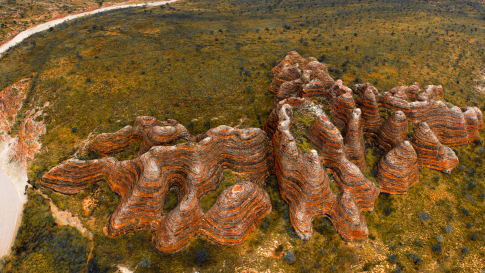
19 days
Sep, Apr, May, Jun, Jul +2Kimberley, Purnululu, Tiwi Islands and Arnhem Land
Visiting Northern Territory, Western Australia
Small group tour touring most of the Australian territory, travelling through the outback and visiting many of the famous sights as well as off the beaten track locations, giving you the opportunity the explore and meet our people in the most remote locations and far north Kakadu and the Kimberley.
From A$14,995 AUD
View Tour
13 days
May, Jun, Jul, Aug, SepSmall group tour of Australia's Kimberley
Visiting Western Australia
Escorted small group tour of the Kimberley. We explore and visit The Bungles, Bell Gorge, Mitchell plateau & Halls Creek in the dry season. Amazing landscapes intertwined with Aboriginal communities resident more than 45,000 years.
From A$15,390 AUD
View TourArticles

Aboriginal Art
Senior and mature couples and solo travellers remain curious but often informed about the role Aboriginal art plays in the indigenous community and the various styles. This article seeks to provide a platform for this collection of small group tours of upto 15 people into the Australian outback where often Aboriginal art styles are encountered.

Aboriginal Rock Art in the Kimberley, Australia
The Kimberley is explored on a small group tour for mature and senior travelers, couples or singles. Both Aboriginal community is studied and an appreciation of the wet and dry seasons. This guide on the Kimberley assists the traveler as you start from Broome and travel round via Halls creek and Purnunulu national park over some 17 days in a group of up to 12 people.

Albany and ANZAC, Western Australia
Albany is the southernmost town of Western Australia. The Wildflower small group tour visits this historic town with a strong ANZAC connection. Albany before the Swan River colony, later to be known as Perth.
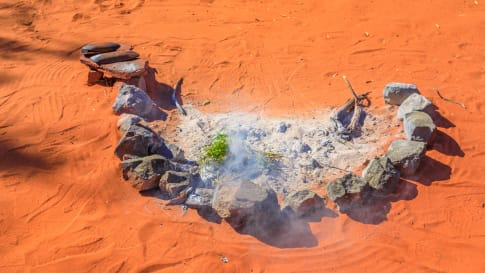
Australian Aboriginal Paths of Migration
Article for small group tours of mature or senior couples or solo travellers interested in learning more about Aboriginal history, Kinship, trading routes, songlines and ancient history.

Halls Creek, Western Australia
Halls Creek an important stop on our Small group tour of the Kimberley. We learn about the gold rush on this tour for mature and senior travellers, couples and singles.

The Arrival of Aboriginal Australians on the Continent
Tracing Aboriginal history via an outback small group tour for mature and senior couples or solo travellers provides an intriguing learning platform about Australia, rock art, trading and culture that traces a history possibly some 120,000 years ago.
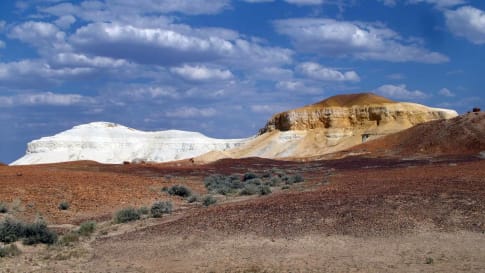
The Kimberley: A Definitive Guide
This article supports the small group package tours for mature and senior travellers, couples and solo travellers to Western Australia's Kimberley region. Learn about the wet and dry seasons and the fascinating Aboriginal history as well as the Bungle Bungles, Lake Argyle, Halls creek and resort of Broome.
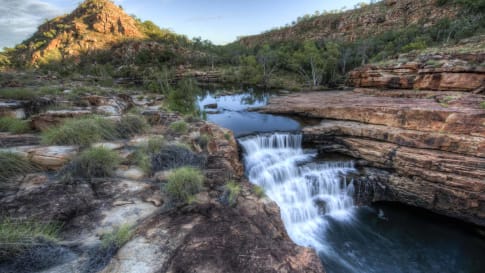
Wet and dry seasons in the Kimberley, Australia
Learn about the wet and dry season in the Kimberley to support your understanding of the Aboriginal communities lifestyle as you explore on a small group package tour for mature and senior travelers exploring as a couple or solo traveller. Read our peace of mind statement for post covid-19 travel.

Why did the British settle Australia?
Escorted small group tours for mature and senior travellers that promote aboriginal and colonial history discussion on tour. For couples and solo travellers interested in learning about Aboriginal history and the colonial explorers across the states.

Wyndham, Western Australia
Article on the historic Kimberley town of Wyndham. Learn about how this was the entry to this part of the Kimberley to Halls creek, and for the pastoralists in the Victorian era. Supports small group tours for mature and senior travellers couples and solo travellers.



